MD Consult is a collection of electronic resources from Elsevier, the medical and scientific publisher, providing access to over 80 e-books in specialties including cardiology, emergency medicine, internal medicine, obstetrics & gynecology, pathology, and surgery. Numerous “classics” in the medical literature are included:
- Miller’s Anesthesia
- Braunwald’s Heart Disease
- Pathways of the Pulp
- Williams Textbook of Endocrinology
- Sleisenger and Fordtran’s Gastrointestinal and Liver Disease
- Brenner and Rector’s The Kidney
HSLS’s subscription provides access to new editions when they become available, so the content is always current.
MD Consult also offers a variety of other full-text materials available from the same site: over 50 noted e-journals, 35 Clinics, and an Images site that contains over 50,000 high-quality medical images from the MD Consult books that may be used for personal, non-commercial use. See MD Consult’s Terms and Conditions for further information about copyrights and limitations on use.
Two other notable sections are “Guidelines and Patient Education.” The Guidelines section includes links to full-text clinical practice guideline articles published in MD Consult journals, plus links to additional full-text guidelines from professional and government agencies available on the Web. “Patient Education” contains more than 13,000 patient education handouts that can be printed and distributed to patients. Most are written at a 6th- to 8th-grade reading level; Spanish versions are available for approximately 75% of topics. The guidelines can be customized by physicians to provide additional instructions and contact information on each handout.
To access this comprehensive online information resource, type MD Consult in the Pitt Resources Quick Search box or in PITTCat for the Health Sciences.
To access individual MD Consult e-books:
- Search for the title in the Pitt Resources Quick Search box
- Search for the title in PITTCat for the Health Sciences
- Browse e-books by subject
- Search the full text of HSLS e-books in the E-Book Full Text search box
Portions of this article are reprinted from the MD Consult Web site.
~ Leslie Czechowski

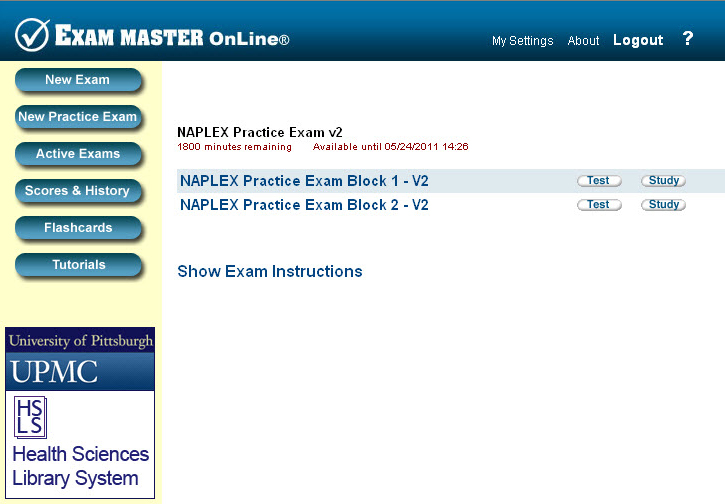
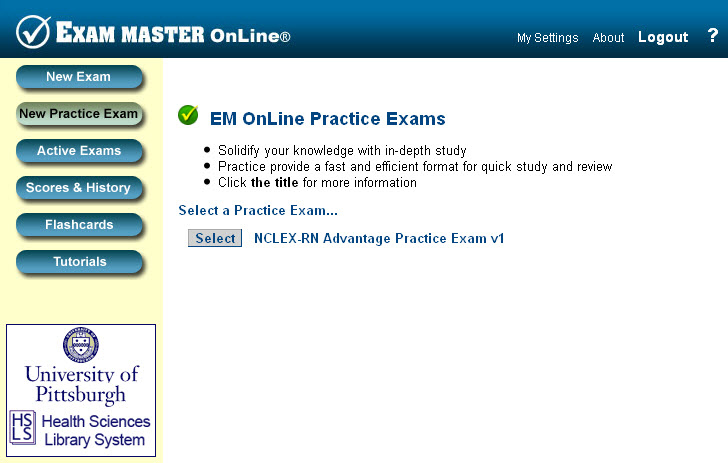
 As I write this column, the University is experiencing considerable anxiety over proposed budget cuts in its state appropriation. The Pitt community is mobilizing to demonstrate to the legislators and the governor our important contributions to the health and well-being of our city, state and region, but the outcome is still unclear.
As I write this column, the University is experiencing considerable anxiety over proposed budget cuts in its state appropriation. The Pitt community is mobilizing to demonstrate to the legislators and the governor our important contributions to the health and well-being of our city, state and region, but the outcome is still unclear.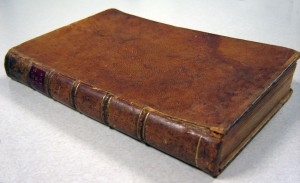 The original English translation of van Swieten’s work on the hygiene of troops and diseases impacting the military was published in London in 1762, and the first American edition printed by Robert Bell appeared in Philadelphia 14 years later. Thus, the information derived from foreign experiences in military hygiene was made available to young surgeons in the War of Independence. Swieten’s text was enhanced by the addition of several chapters, including “Some Brief Directions to Be Observed by Sea Surgeons in Engagements” by William Northcote (extracted from The Marine Practice of Physic and Surgery, 1770) and, “The Nature and Treatment of Gun-Shot Wounds” by John Ranby (extracted from The Method of Treating Gunshot Wounds, 1744).
The original English translation of van Swieten’s work on the hygiene of troops and diseases impacting the military was published in London in 1762, and the first American edition printed by Robert Bell appeared in Philadelphia 14 years later. Thus, the information derived from foreign experiences in military hygiene was made available to young surgeons in the War of Independence. Swieten’s text was enhanced by the addition of several chapters, including “Some Brief Directions to Be Observed by Sea Surgeons in Engagements” by William Northcote (extracted from The Marine Practice of Physic and Surgery, 1770) and, “The Nature and Treatment of Gun-Shot Wounds” by John Ranby (extracted from The Method of Treating Gunshot Wounds, 1744).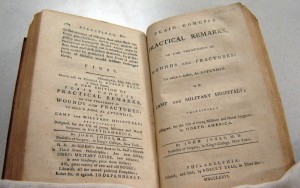 The book, The Diseases Incident to Armies Including Plain Concise Practical Remarks on the Treatment of Wound and Fractures, comes from the collection of our notable donor, the late Dr. Mark M. Ravitch, and is located in the
The book, The Diseases Incident to Armies Including Plain Concise Practical Remarks on the Treatment of Wound and Fractures, comes from the collection of our notable donor, the late Dr. Mark M. Ravitch, and is located in the 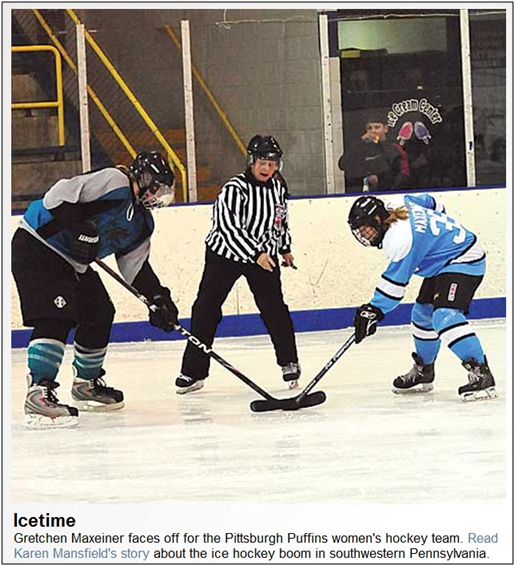
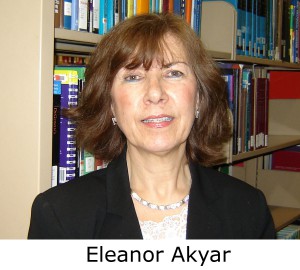 t Pitt. The majority of Akyar’s work experience has been in the development and project management of computer software applications. She is also a licensed real estate agent. Akyar’s belief that “information is power” led her to pursue an advanced degree in library and information science. Akyar is interning in the Reference Department in Falk Library, where she is creating an online exhibit by digitizing a unique collection of images and reports from a World War II field hospital in New Guinea.
t Pitt. The majority of Akyar’s work experience has been in the development and project management of computer software applications. She is also a licensed real estate agent. Akyar’s belief that “information is power” led her to pursue an advanced degree in library and information science. Akyar is interning in the Reference Department in Falk Library, where she is creating an online exhibit by digitizing a unique collection of images and reports from a World War II field hospital in New Guinea. . He worked as a bilingual information specialist in the Epilepsy Foundation’s library and as a records manager at the Superfund Records Center. Figueroa believes an advanced degree in library science will compliment his past professional experience. He is interning in the Reference Department in Falk Library, where he is working with GSPH embedded public health informationist and reference librarian Barbara Folb.
. He worked as a bilingual information specialist in the Epilepsy Foundation’s library and as a records manager at the Superfund Records Center. Figueroa believes an advanced degree in library science will compliment his past professional experience. He is interning in the Reference Department in Falk Library, where he is working with GSPH embedded public health informationist and reference librarian Barbara Folb.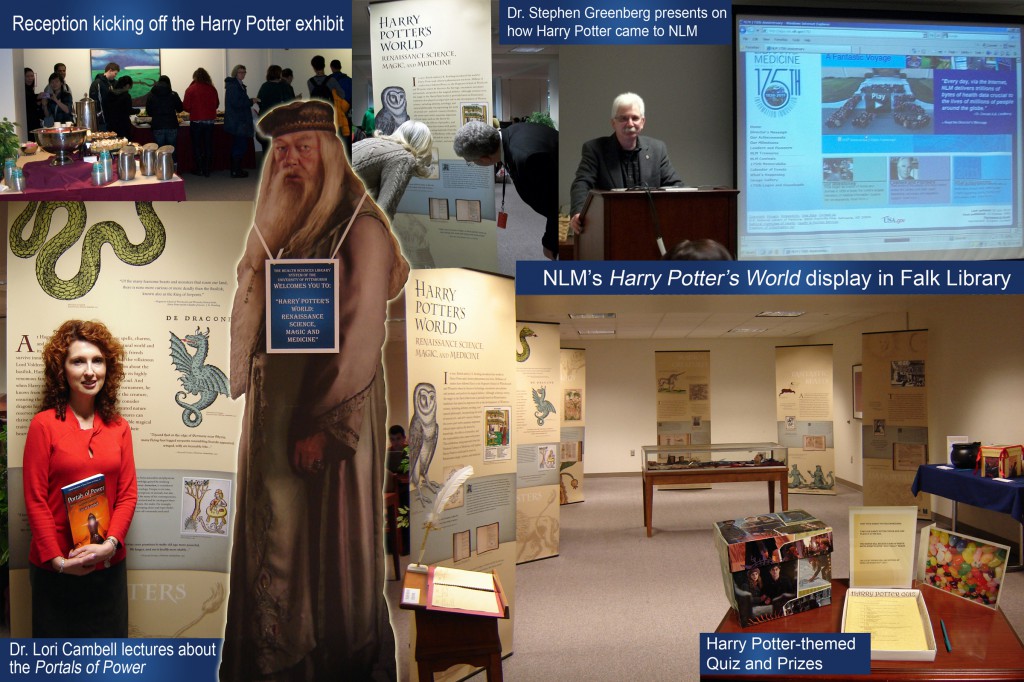
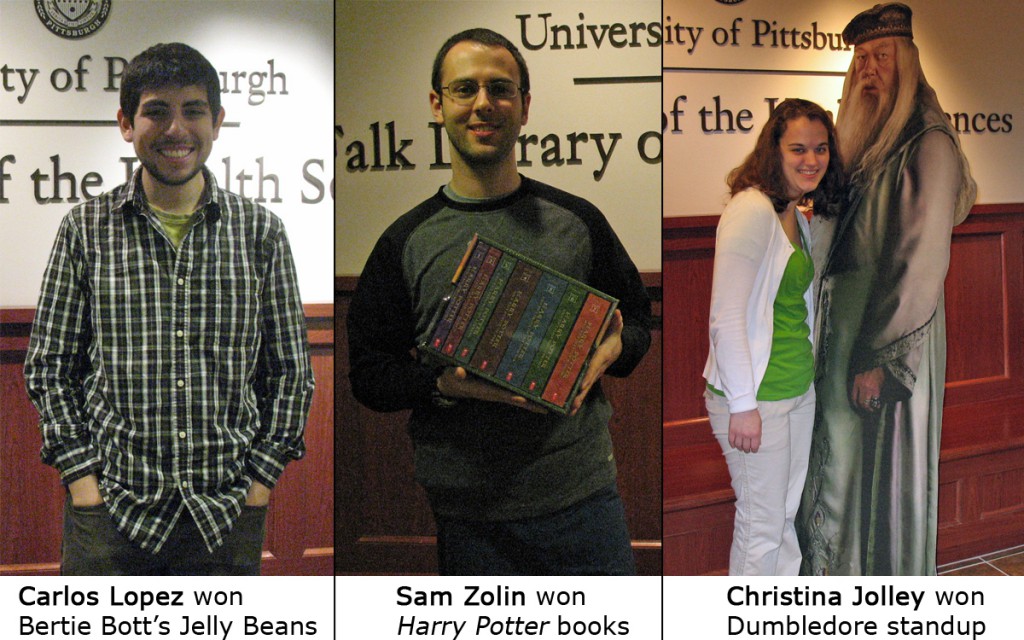
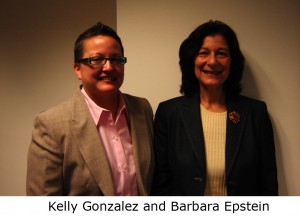
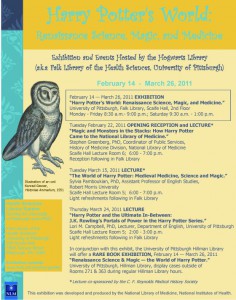
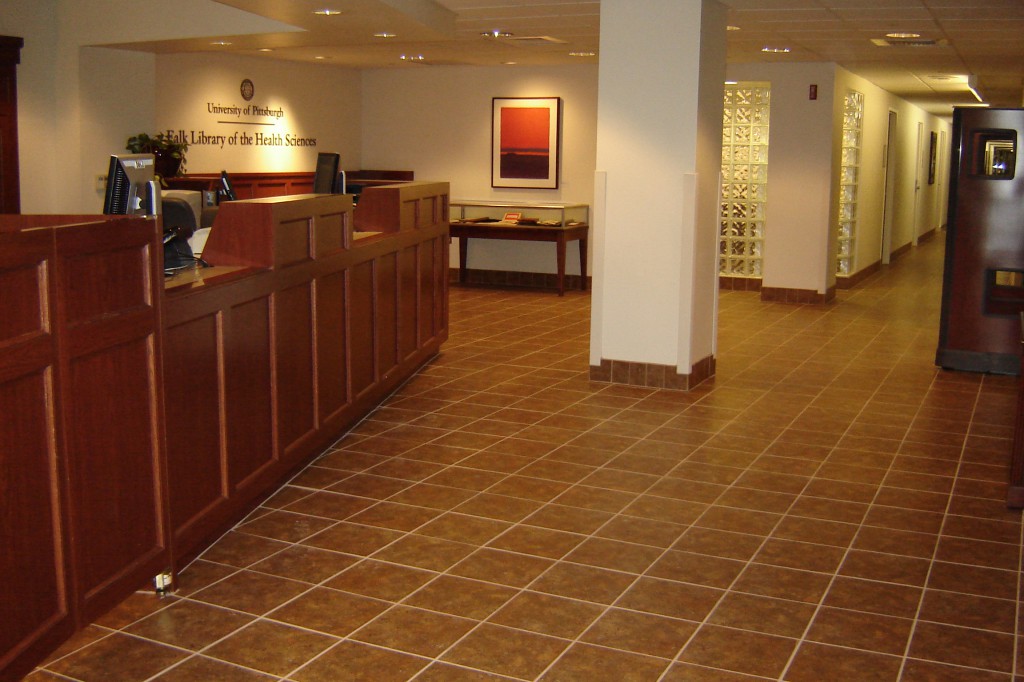 Falk Library began the new year with a remodeled entry featuring new security standards near the front doors and new flooring.
Falk Library began the new year with a remodeled entry featuring new security standards near the front doors and new flooring.